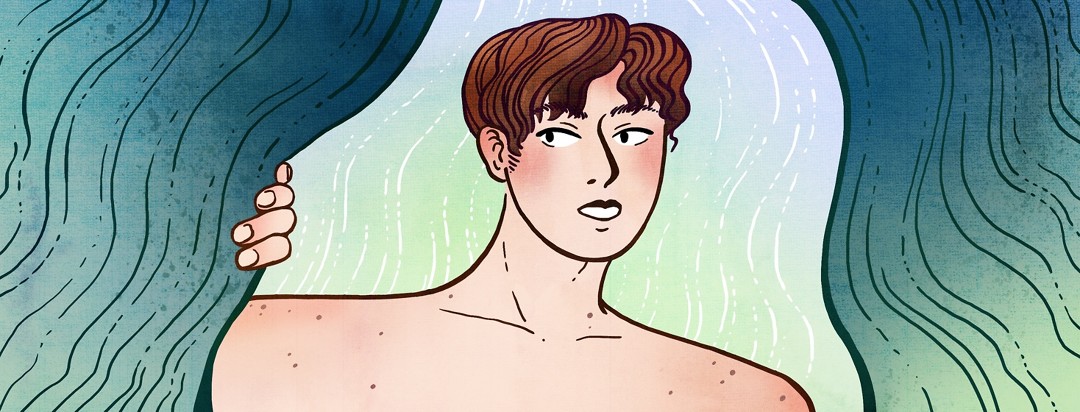What Happens at a Skin Check?
For some reason, it took me far too long to finally go and get a skin check, even though I have fair skin and a family history of skin cancer! I see the same thing happening with a lot of my friends and family too. Is it the fear of the unknown? The scary thought you could have a suspicious mole? Or maybe it's the nudity factor?
Well, I’m pulling back the curtain and let you in on exactly what happens at a skin cancer check (in Australia).
Finding the right doctor
My preference is to go to a skin-specific clinic, rather than just having my regular general practitioner (GP) looking over me.
- I'm more confident in someone who’s one and only job is to look for melanoma day in and day out.
- I've had two GP’s say my mole was fine, which then turned out to be a level 4 melanoma.
Personally, I prefer to go back to the same doctor each time as they are more likely to notice changes in my skin. Because of my history, I get checked every 3 months. For me, it’s better safe than sorry!
What happens at a skin check?
There is no messing around, they won't even buy you a drink first! It's straight to the point, "strip down to your underwear." If you have a history of skin cancer or a really thorough doctor you may be asked to completely strip.
For most people, this will be the most daunting part. After all, not many of us like to stand naked in front of a stranger, who then proceeds to examine every inch of our body. However this is extremely important, skin cancer can form on ANY part of your skin, even areas that are not usually exposed to the sun. I know a woman who had a cancerous mole on her vagina!
The doctor will check everywhere, including between your toes, your fingers, and even feel around on your scalp. The more thorough the better!
They might also ask you, if you have a family history of skin cancer or if you have noticed any changes in your skin, moles, or freckles. Keeping on top of your own skin and noticing any changes is also extremely important. If you do notice a spot is iffy or has changed, make sure you let the doctor know.
What does the doctor look for?
- Skin changes
- New moles or freckles
- Moles or freckles with asymmetry, blotchy color, irregular borders, change in size and moles that are bleeding or bumpy
Any areas they need to look at more closely they will use a dermatoscope, which is like a magnifying glass with a light. Sometimes the doctor may also take photos of any areas they want to keep track of. The best part is, you will know straight away if the doctor is unsure of anything and they will let you know of the next steps for testing.
Yep, it's that easy! It takes about 10 minutes and you're done! It’s a painless, quick process that could save your life. So if you have been putting it off because it might be uncomfortable, consider this; is a bit of nudity for a few minutes worse than getting skin cancer?

Join the conversation